While Singapore today is known for its low crime rates and generally safe environment (we don't fear for our belongings and aren't afraid to walk home alone at night), many Singaporeans might remember that this wasn't the case just over 30 years ago.
Back in the '70s up till the '90s, crime rate in Singapore was at an all-time high -- in fact, the highest number of cases ever reported in our history is 46,753 in 1988.
Headlining the papers back then were iconic stories like these:
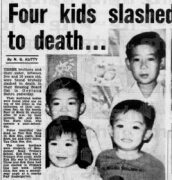 Image via
Image via
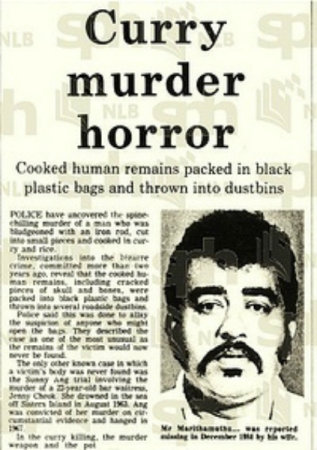 Image via NewspaperSG
Image via NewspaperSG
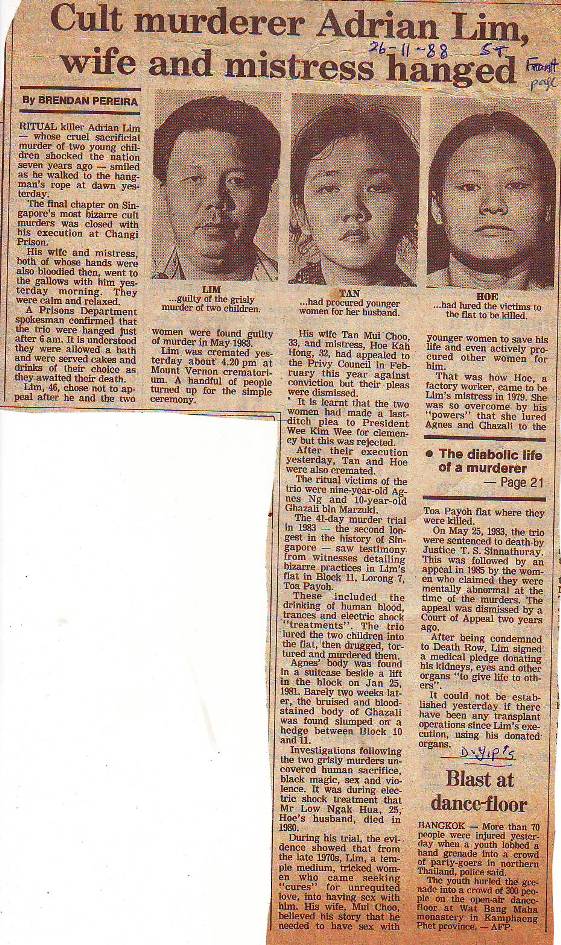 Image via
Image via
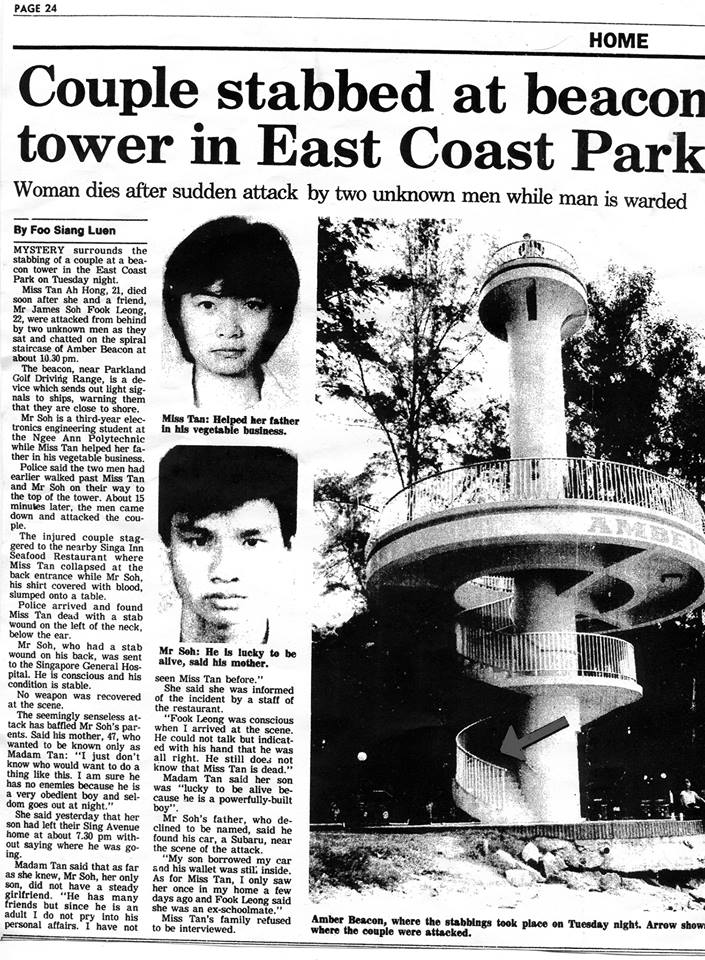 Image via
Image via
(Did you think these stories were urban legends? Nooope.)
In particular, Singapore faced dark days as we entered the '80s -- crime rates increased by a drastic 25 per cent in 1979 and another 18 per cent in 1980 -- police morale was at an all-time low.
Naturally, the image of the police suffered in the eyes of the public. There was low rapport and members of the public were generally fearful of policemen, who were then mostly concentrated in the city and downtown areas.
From Gotham to a safe oasis
So how did we bounce back from being a Gotham City of sorts to the safe city we live in today?
The answer: Community policing.
Bothered by crime rates and the fact that most transgressions were "preventable crimes", then-Minister for Home Affairs Chua Sian Chin decided to study the Japanese koban policing system -- known for keeping crime rates low.
For the uninitiated, kobans (police boxes) are small neighbourhood police posts found all over Japan, usually manned by one to 10 policemen.
These policemen, who remain close to their communities, do more than just enforce law — they also provide assistance, spread information, respond to emergencies and are in general friends to the community.
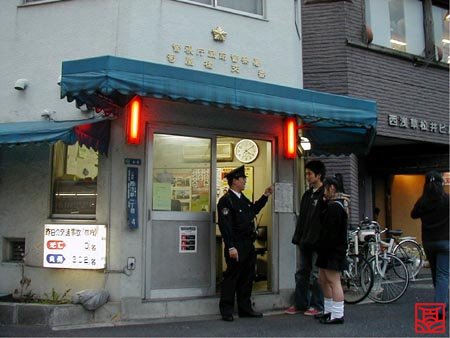 Image via
Image via
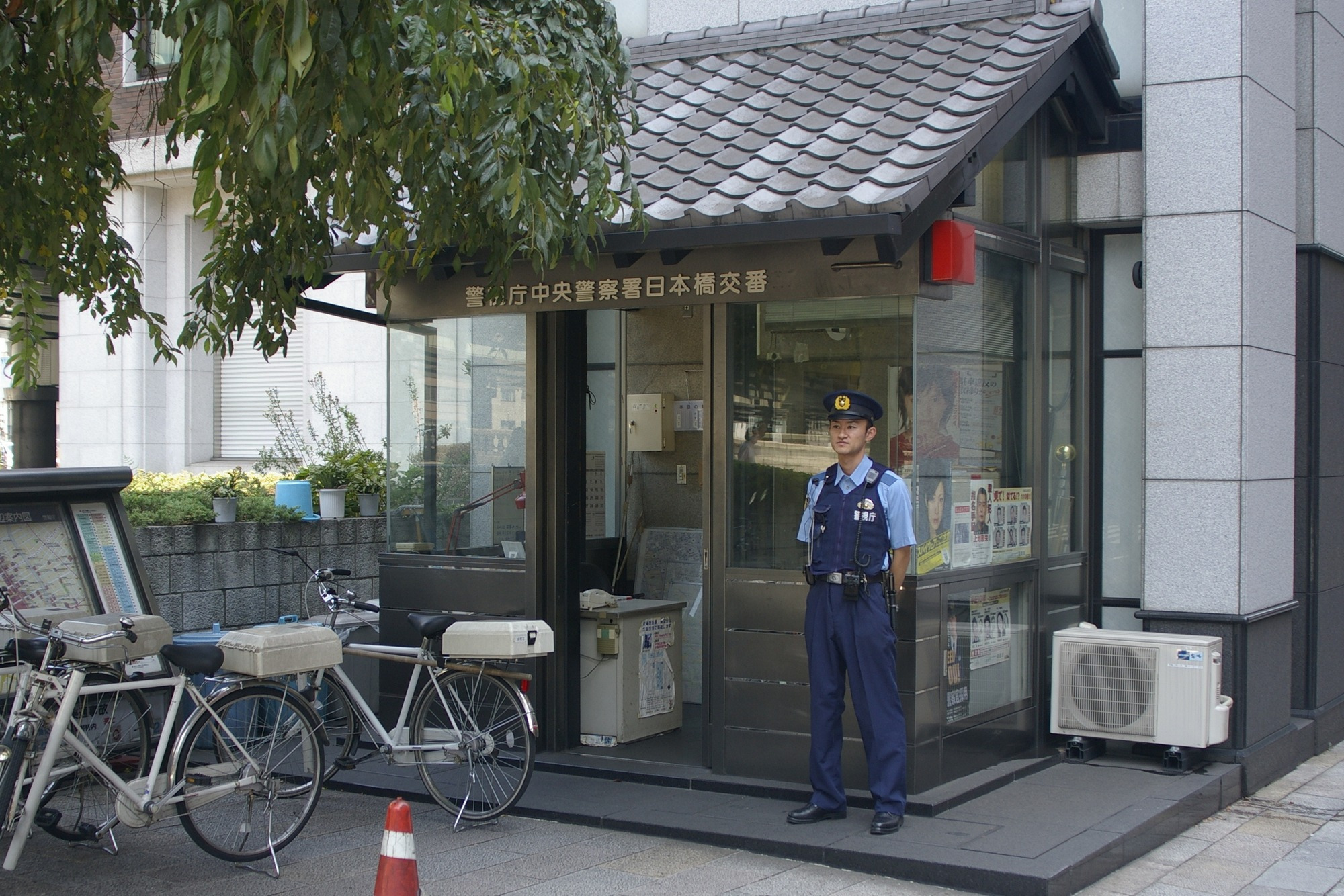 Image via
Image via
In Oct. 1981, a small group of police officers headed to Japan to study the koban system, including newly minted Minister of State for Home Affairs Prof. S. Jayakumar who, quite apparently, was enlightened:
"... the Japanese philosophy that policemen are not part of an alien outfit but part of a community and his job is to get to know the city organisations, the residents and the people within the precinct. So he's a friend, he's part of the landscape, he's part of us. So if something strange happens, it will be second nature for people to cooperate as their interests are the Police's interests."
There was a need to change the image of the policeman from that of a cold-faced law enforcer to a friend of the community, and the koban, a beacon of community policing, was the answer.
It was also a timely move to bring the police closer to the people, as new residential areas continued to be built in the '70s and throughout the '80s.
Singapore's first koban, known to us as Neighbourhood Police Post (NPP) was the Khe Bong Neighbourhood Police Post in Toa Payoh, which opened in June 1983.
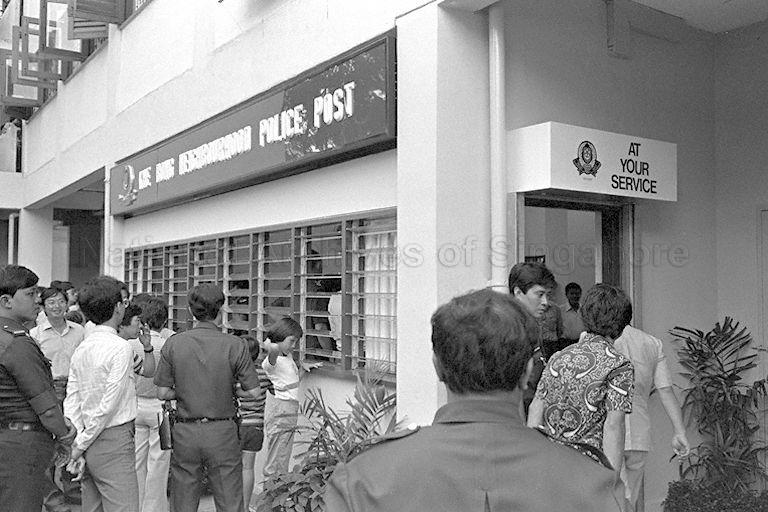 Image via Ministry of Information and the Arts Collection, courtesy of National Archives of Singapore
Image via Ministry of Information and the Arts Collection, courtesy of National Archives of Singapore
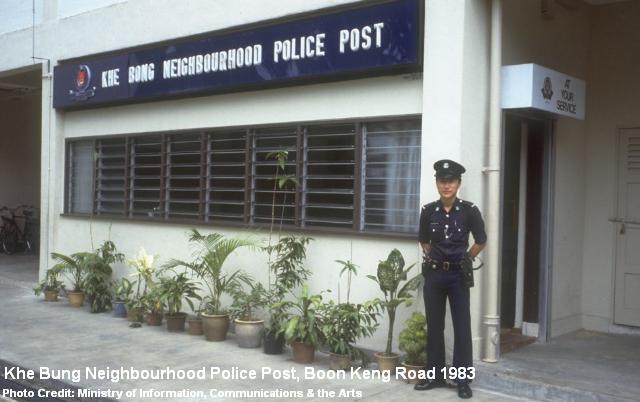 Image via
Image via
Locals responded favourably to community policing as the policemen engaged in incident response, community liaison and regular patrolling; greater visibility of policemen in residential areas also helped curb crime rates.
By 1993, there were 91 NPPs across the island, proving the new policing strategy to be a success.
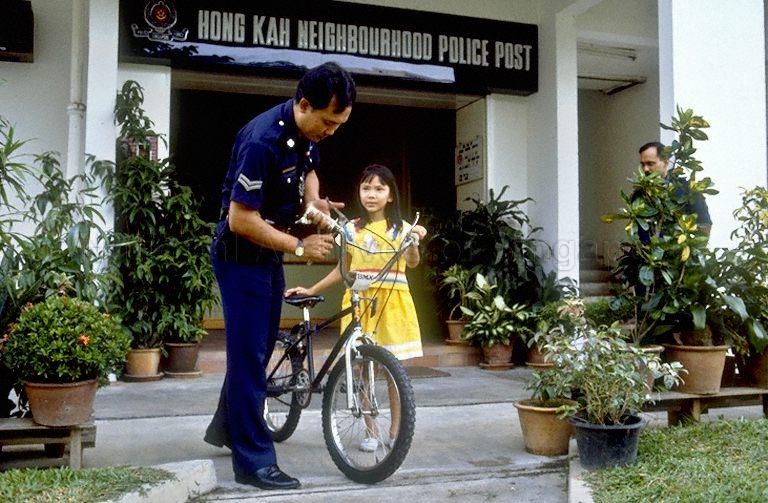 Photo via Ministry of Information and the Arts Collection, courtesy of National Archives of Singapore
Photo via Ministry of Information and the Arts Collection, courtesy of National Archives of Singapore
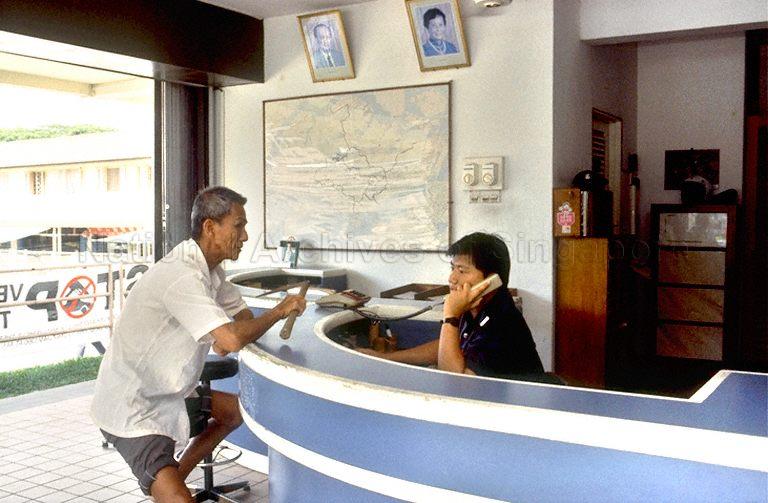 Photo via Ministry of Information and the Arts Collection, courtesy of National Archives of Singapore
Photo via Ministry of Information and the Arts Collection, courtesy of National Archives of Singapore
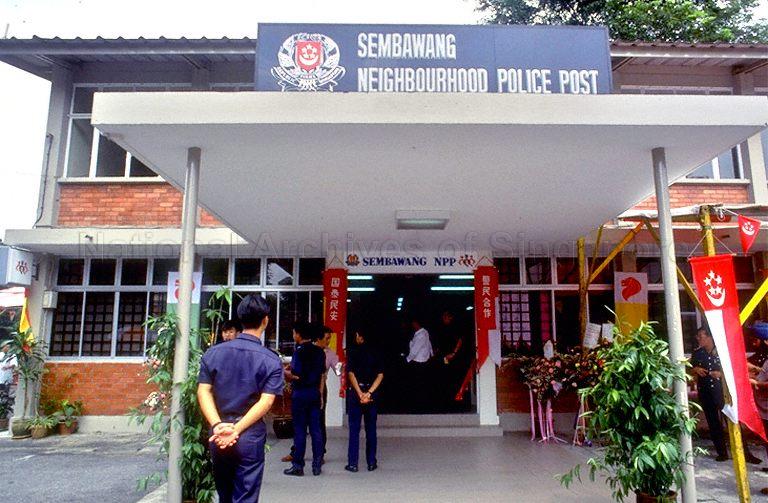 Photo via Ministry of Information and the Arts Collection, courtesy of National Archives of Singapore
Photo via Ministry of Information and the Arts Collection, courtesy of National Archives of Singapore
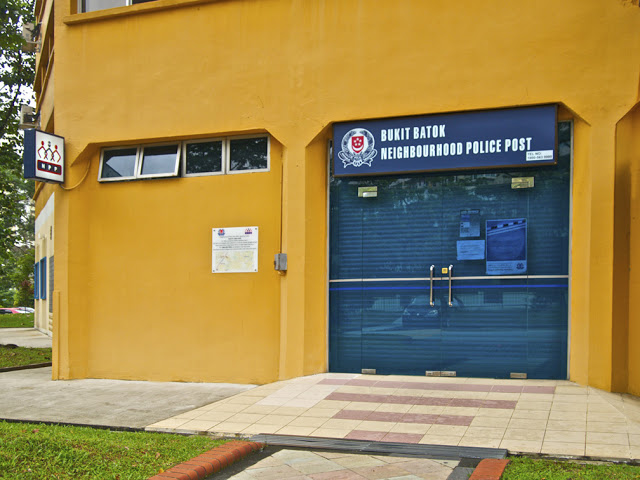 Image via
Image via
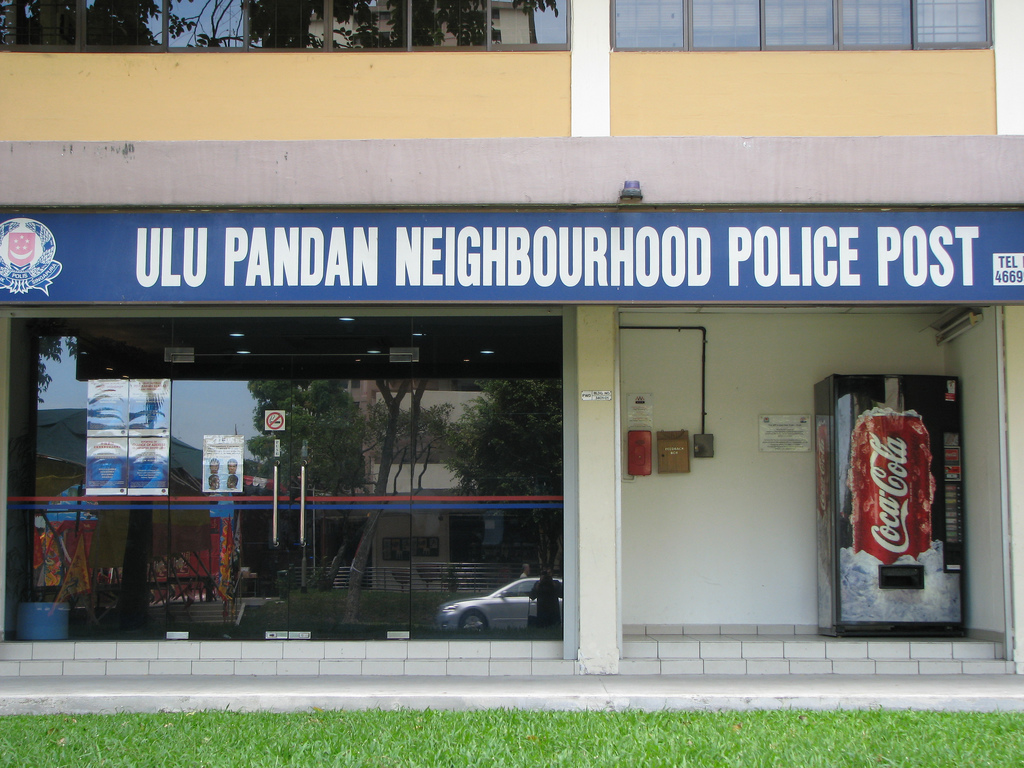 Photo by Anirudh Bhati via Wikipedia
Photo by Anirudh Bhati via Wikipedia
Nevertheless, because of their ubiquitous presence, NPPs were limited in their capabilities as manpower and resources were spread thin throughout the 91 police posts.
After a review of the NPP system in 1997, Neighbourhood Police Centres (NPCs) were formed to pool together resources and provide a "one-stop, total community policing centre" to larger groups of the population.
Since then, several NPPs have been converted for other uses, the most recent being Whitley NPP, which was converted to a corruption reporting centre in Dec. 2016.
There are 63 NPPs today.
So the next time you see your friendly neighbourhood policeman, remember to say hi and thank him for keeping the bad guys away.
Top photo via Ministry of Information and the Arts Collection, courtesy of National Archives of Singapore
If you like what you read, follow us on Facebook and Twitter to get the latest updates.
If you like what you read, follow us on Facebook, Instagram, Twitter and Telegram to get the latest updates.
